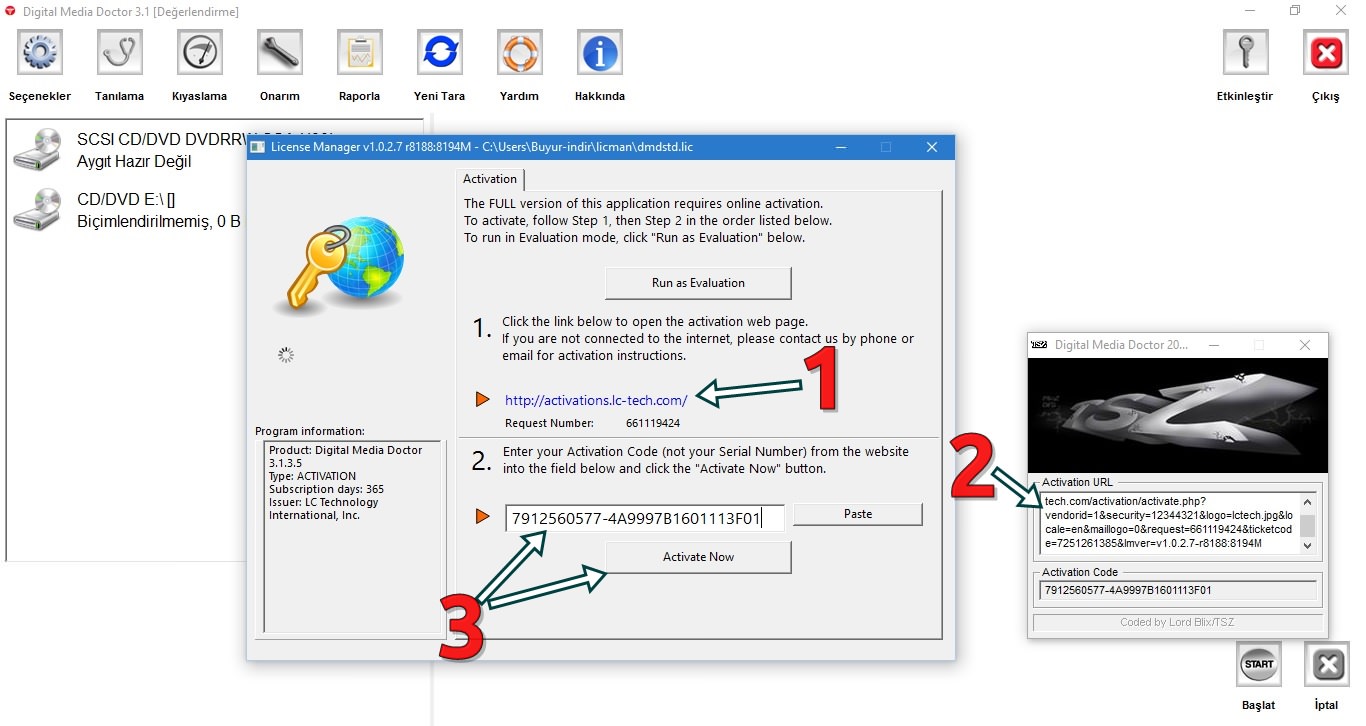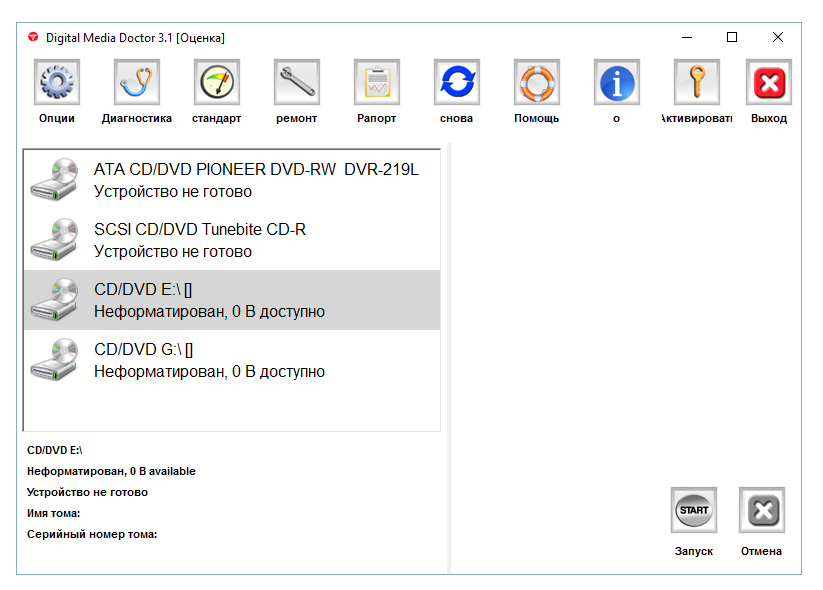
And and I think my goal was to empower people to help keep their risk of acquiring covid-19 airtight,” he says. VanWingen is not an epidemiologist or a food safety expert, but he did know sterile techniques that, he believed, could be modified to help people keep the coronavirus from coming into their homes along with their groceries.Īlthough he knew that the risk of someone getting sick from touching groceries was likely very low (grocery shopping’s main risk these days comes from the other people in the store with you), “Even very low is not negligible. He wanted to help the public when he stood in his kitchen before work, filming a video in his scrubs that he believed the world needed to see: “PSA: Grocery Shopping Tips in COVID-19.” It was March 24 the governor of his state was going to issue shutdown orders the following day.

Take Jeffrey VanWingen, a doctor who runs a private family practice in western Michigan. “There’s a lot of people out there who are new to the platform and who will throw something up there without thinking it through.” Good intentions gone wrong

“How do we present ourselves online without eroding the public’s trust in us?” Chiang says. And even those with the best of intentions and accurate information can find themselves in trouble when they move to a new medium. There have been, for instance, medical professionals who have used TikTok to mock their patients.

And you have to maintain that position without crossing a line into unethical behavior. You have to be funny to connect on TikTok without seeming cringey or out of touch with the culture of the app. The very things that help Austin Chiang reach a younger audience on TikTok can, if he’s not careful, undermine the trust his audience has in medical professionals.


 0 kommentar(er)
0 kommentar(er)
